In this series of articles, we want to shed light on the factors affecting the cost behind products made in Quebec. The first article offered an overview of local production versus “made in China” production . The second explained all the work behind the toys made in Quebec . This article, the third in the series, paints a portrait of the clothing manufacturing industry through the reality of nine local businesses.
It's not uncommon to see people buy “simply because it's cheap”, without even asking themselves the real value for money of the piece or even… if they (really) need it. I was one of them not long ago and I invite you to discover my awareness of overconsumption and fast fashion .
A real disconnect has been created between the real value of a product and its price. Several elements come into play when calculating the cost of a garment and setting its price. We met nine fashion entrepreneurs from here, who gave us the underside of their reality and shared, in complete transparency, the costs of their products so that we can demystify, for you, the real cost behind a garment made in Quebec.
A special thank you to each of them: Audvik , Baratin , Bunny and Claude , Clothes & Roads , Gaia & Dubos , Idos42.2 , Manteaux Desloups , MB | Alpha Wear and Zak and Zoe .
THE COST OF A CLOTHING
The elements of the monetary cost of the product
• Raw materials

Raw materials are the main and most visible constituents of the clothes we buy. There are different types which are detailed in the article Design Materials: The Dark Side of Fashion . The cost of a material depends on the fiber or material used, their rarity, the complexity of their transformation process, their technical characteristics and their cost of transport.
In Quebec, it is possible to obtain different types of materials: some fibers are entirely harvested and processed locally, such as wool and hemp; other fibers are imported from elsewhere and processed here, such as bamboo and organic cotton used in Bunny and Claude underwear and fabrics used in the manufacture of Idos42.2 sportswear ; some fabrics are imported woven and printed in Canada, such as the organic silk used by Gaia & Dubos and printed here with water-based inks; finally, other materials are imported entirely by local suppliers; think of the technical materials used in the manufacture of Audvik coats .

audvik
“I'm a bit at the mercy of suppliers when it comes to colors, because I'm a small business, I can't order large quantities. I would like it to have more ''flashy'' colors like pink, but I would have to order 1000 meters and I know that is not realistic. » Isabelle, Desloup Coats
• The cost of manufacturing and labor
Here is the sinews of war. It is one of the most important items of expenditure in the manufacture of clothing. The cost of tailoring depends on the quality of the seams and the meticulousness of the work, the complexity of making the garment, the quantity produced and of course, the salary of the person making the garment.
The average hourly wage in textile manufacturing in Canada in 2014 was US$15.98. In Asian countries like Vietnam, the average hourly wage was US$0.74. This represents a monthly salary of US$118.40. Again, employees in clothing factories often work more than 40 hours a week and well beyond the legal limit. On this subject, the documentary The true cost available on Netflix is very interesting.

While labor accounts for an average of 52% of the total cost of manufacturing a garment in Quebec, it is only 15-20% in a developing country according to the Collective ethics on the label . Of this amount, only 13%, or about $0.25, is for employee salaries, which means that salaries represent only 2.5% of the total cost of manufacturing a garment in developing countries.
• Other costs
In general, the general costs include the cost of the labels, the packing box, part of the expenses related to the rent if applicable, the delivery costs, etc. They normally represent between 3% and 10% of the total manufacturing cost and do not include expenses related to marketing and administration. All advertising, administration, employee salaries, etc. are therefore not accounted for and must be subtracted from the companies' remaining "profit".

Idos42.2
Non-monetary costs to consider
• The human cost
Since the human cost cannot be quantified, it is difficult to assess its fair value. Especially for the customer, who is not necessarily aware of all the stages his T-shirt went through before ending up on the shelves of a department store. The human cost includes of course the hourly wage of the employees, but also the working conditions, the legislation of the country, etc.
In Quebec, we have specific legislation on labor standards. That's why, when we produce locally, it's easier to ensure that the employees working to make our garments are treated well on a human level. There is greater transparency.
“Buying local makes our economy grow, gives you a sense of belonging, since without you, the company would not be what it is today! We have created jobs, but we are ensuring that the person who weaves, the person who dyes and even the person who delivers our fabrics directly to the workshop can secure their jobs for tomorrow. » Alex-Eve, Zak and Zoe
• The environmental cost
Every year, millions of tons of clothes end up in a landfill. The textile industry is the second most polluting industry in the world, just after the oil industry. Materials used, transport and waste are all factors that contribute to environmental pollution. In order to reduce this cost, it is essential to find out about the conditions under which the garment was made:
“You might think that an organic cotton shirt is necessarily green. And that's true in a way. Organic cotton is indeed much less polluting than traditional cotton. On the other hand, if this same shirt has not been designed to last, has not been manufactured under environmental conditions, and is not well maintained by its owner, its environmental impact remains high. » Leonie, Gaia & Dubos
GARMENT PRICE = LABEL PRICE + HUMAN COST + ENVIRONMENTAL COST

Zak and Zoe
FIXING THE PRICE OF A GARMENT
• Based on cost and margins
Let's take the example of a T-shirt made locally and costing the designer $19. While studies show that a creator multiplies on average between 2 and 3 times his costs in order to set his wholesale price (sale price to the distributor), the interviews conducted revealed that our Quebec creators normally set their big up to 1.2 to 1.5. This means that they will sell $25 for the T-shirt that cost them $19 to produce. From this $6 of profit, they will have to deduct the costs of administration, marketing and communication, selling costs (if the company works with representatives), etc. This means that there is little money left in the pockets of our creators once all the deductions have been made.
On the one hand, creators make a bigger margin when products are sold online. The average of online sales versus in-store sales balances the creators' final profit. On the other side, shops normally multiply the purchase amount by 2. In the case presented here, the store buying the $25 T-shirt will set the final selling price of the product, before taxes, at $50. Again, this amount will vary depending on the store and the margin will normally vary between 35% and 50%. It is important to take into consideration that the store also has several costs to pay that are not covered here: rent costs, employee salaries, inventory, advertising costs, etc.


• The psychological price of the product
When we are in store and we like a garment, we generally ask ourselves two questions:
• Is the price of the garment suitable for me?
• At this price, is the quality of the garment good?
The answers to these questions determine an area of acceptability, with a minimum price below which the quality of the product is considered too bad, and a maximum price beyond which you feel like you are being cheated and paying too much. for an item. It is in this zone that the acceptability price (psychological price) of a product is found.

• In line with the brand and the price of the competitors
Another element that is taken into account by designers when setting the price is brand consistency. Indeed, even if the manufacturing cost of an item is sometimes higher than another similar item, the brands have no choice but to lower the margin they will make on this product for the sake of consistency with the other products sold. The creators will also base themselves on the price of similar items offered by the competition in order to ensure that the price is not too high.

Despite higher prices than their competitors manufacturing overseas, Quebec designers are far from putting more in their pockets, on the contrary. Most of the entrepreneurs we met do not pay themselves a salary and have very busy weeks, working at least 40 hours for their company and very often holding a second job to support themselves and those of their families. The price displayed on the labels is far from being inflated and is often even below what it really should be. It is by encouraging local businesses that we allow them to have greater control over their costs and to offer quality products at a reasonable price, while having a decent lifestyle.

Thanks to Sophie Boyer from Audvik , Marie-France Richard from Baratin , Perrine from Bunny and Claude , Marie-Eve Bournival-Paré from Clothes & Roads , Léonie Daignault-Leclerc from Gaia & Dubos , Isabelle from Idos42.2 , Isabelle Deslauriers from Manteaux Desloups , Bianca Nolin from MB | Alpha Wear as well as Alex-Ève Martin from Zak et Zoé .
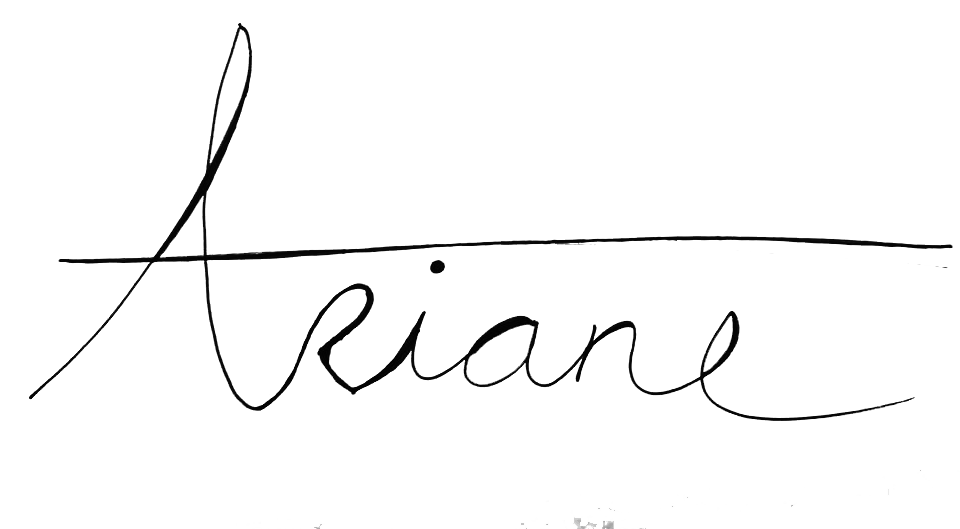
Reviewed by Louise
COVER PHOTO: Credit Baratin


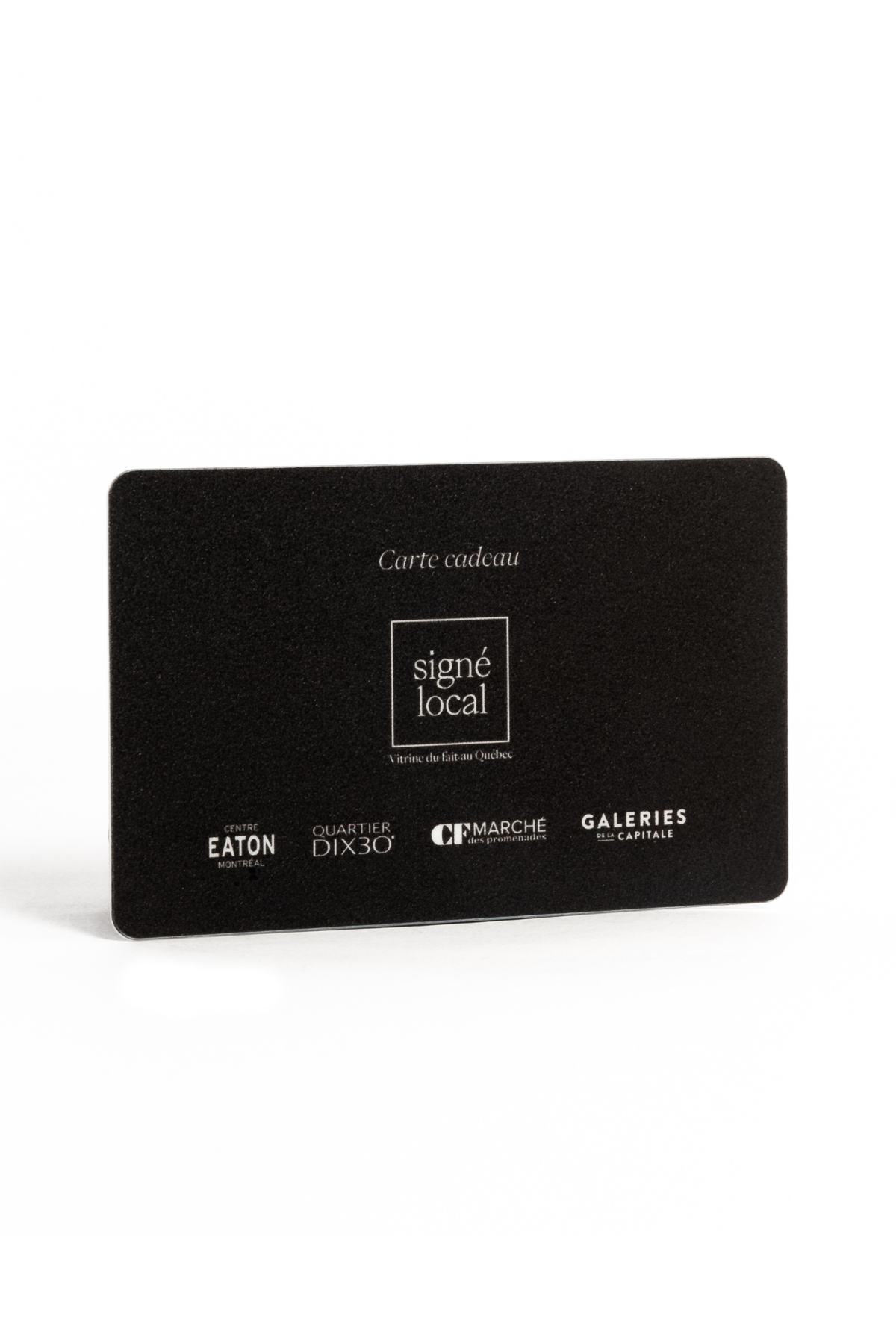



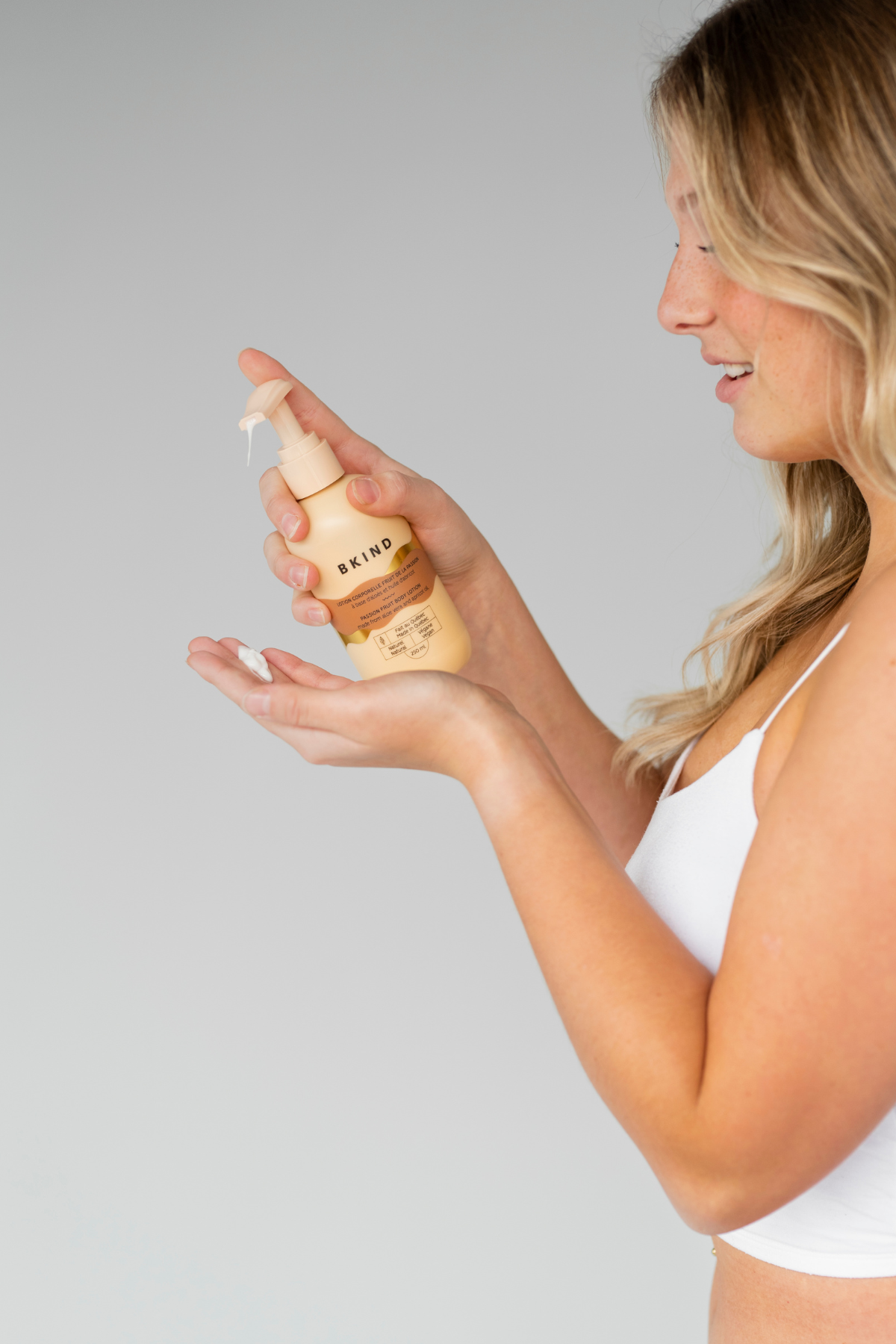



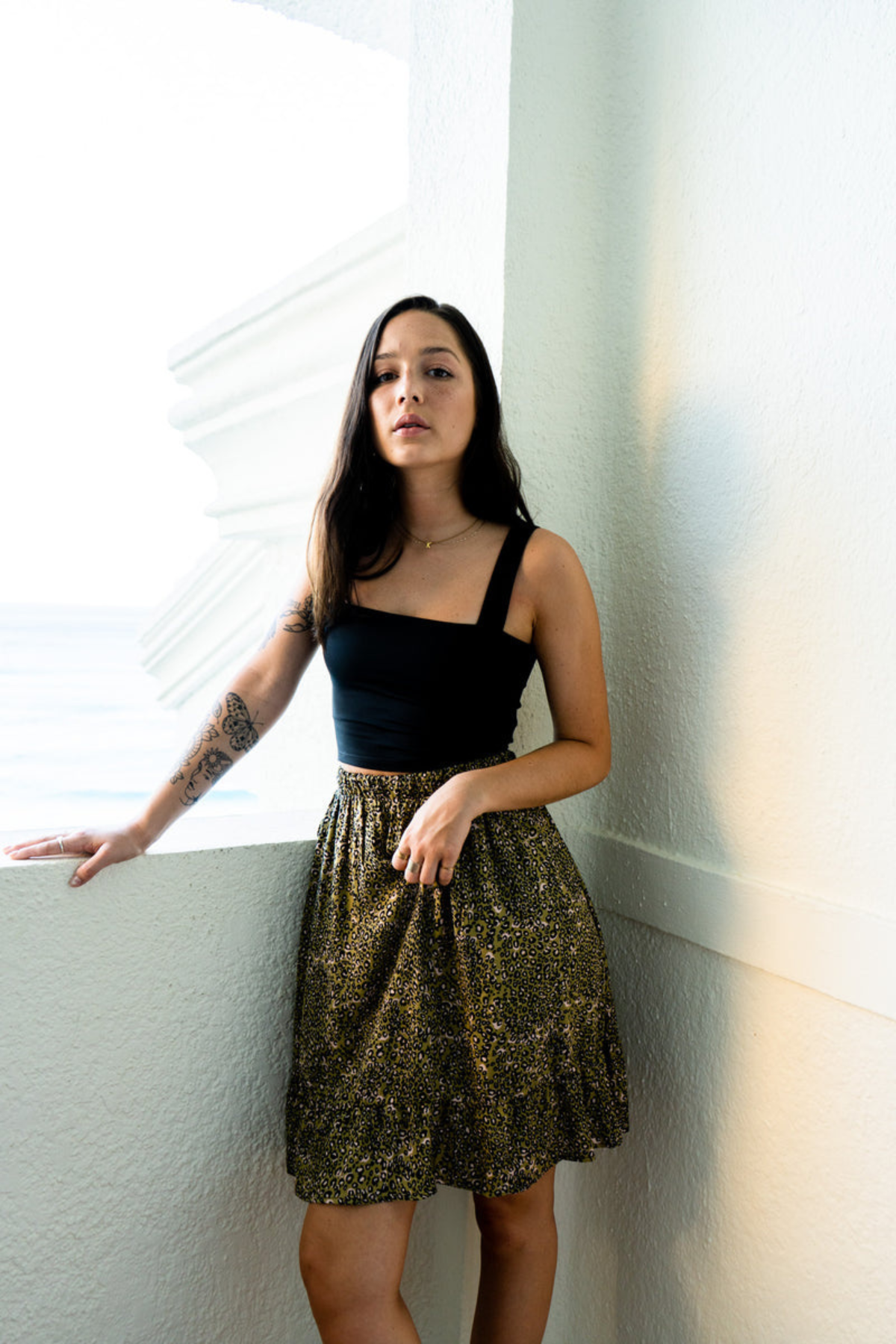
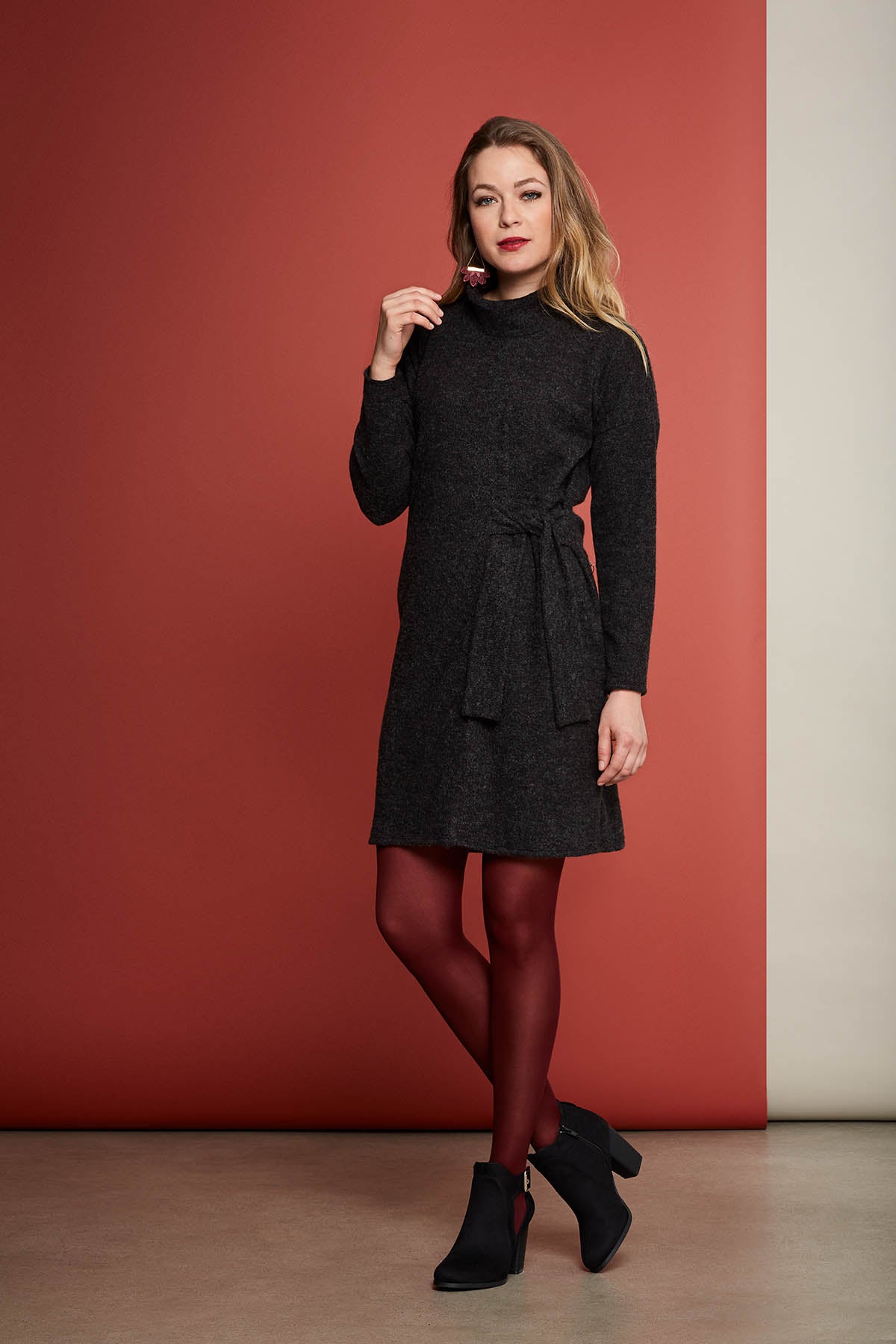



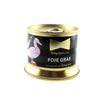

















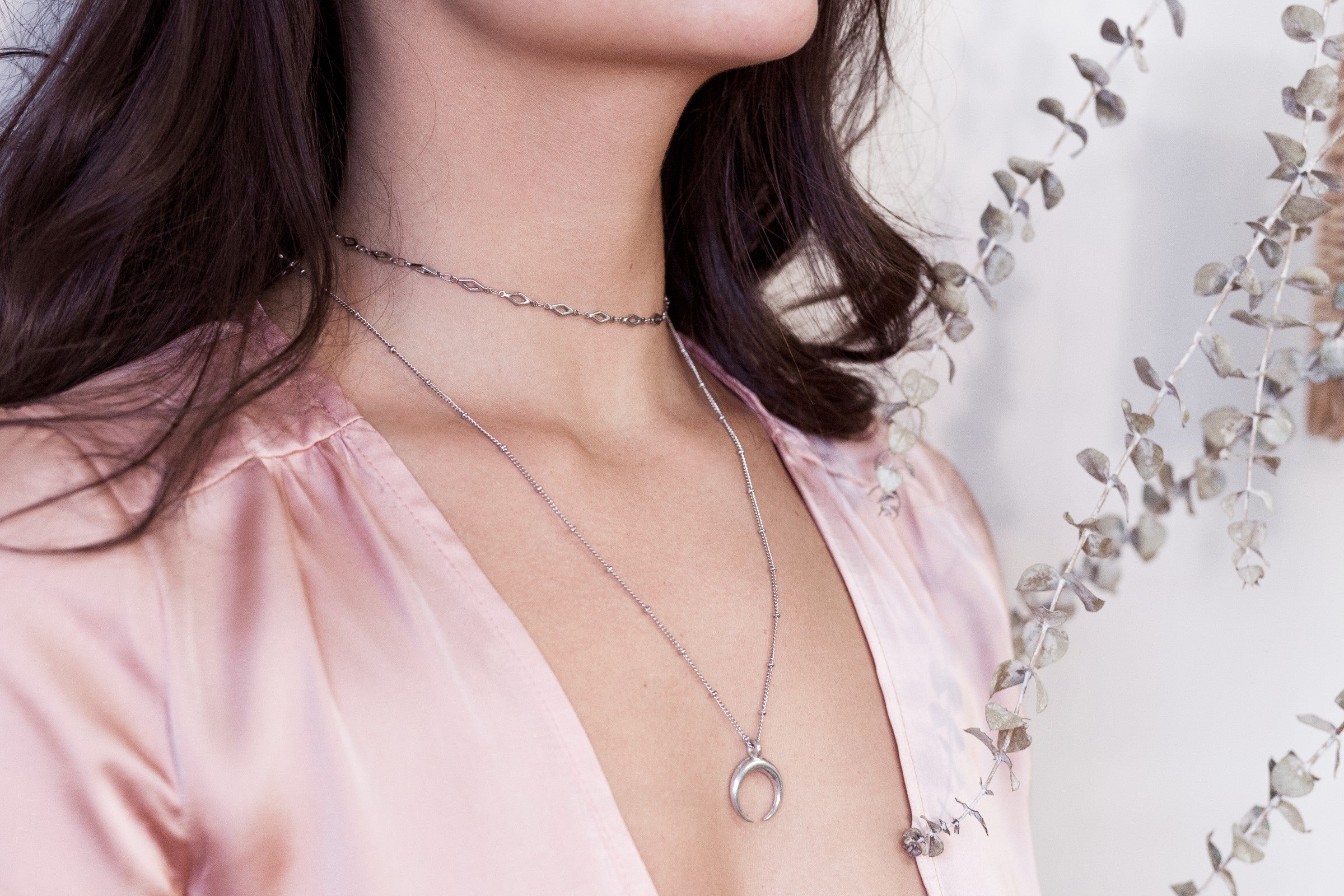
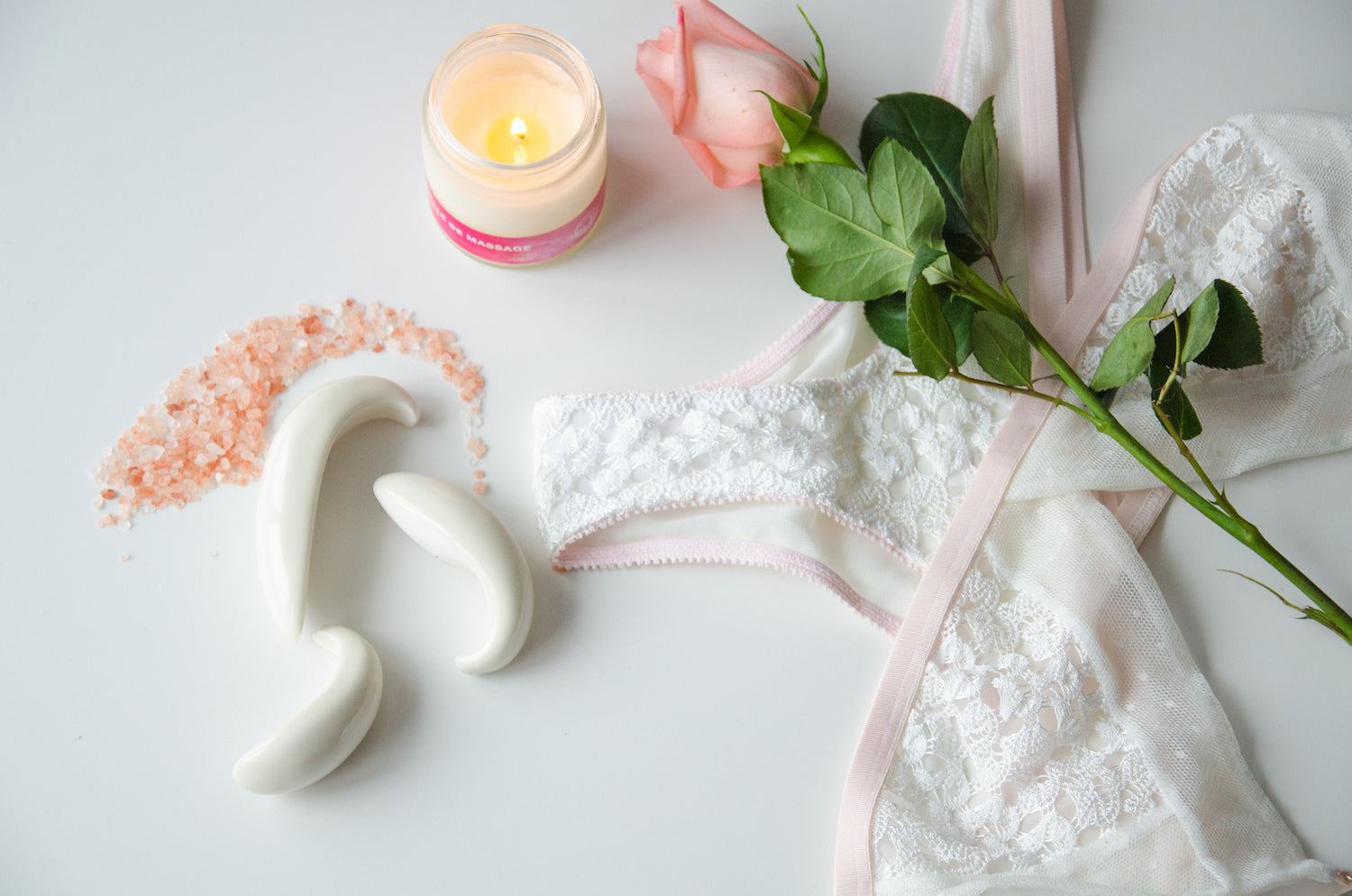
Leave a comment
This site is protected by hCaptcha and the hCaptcha Privacy Policy and Terms of Service apply.